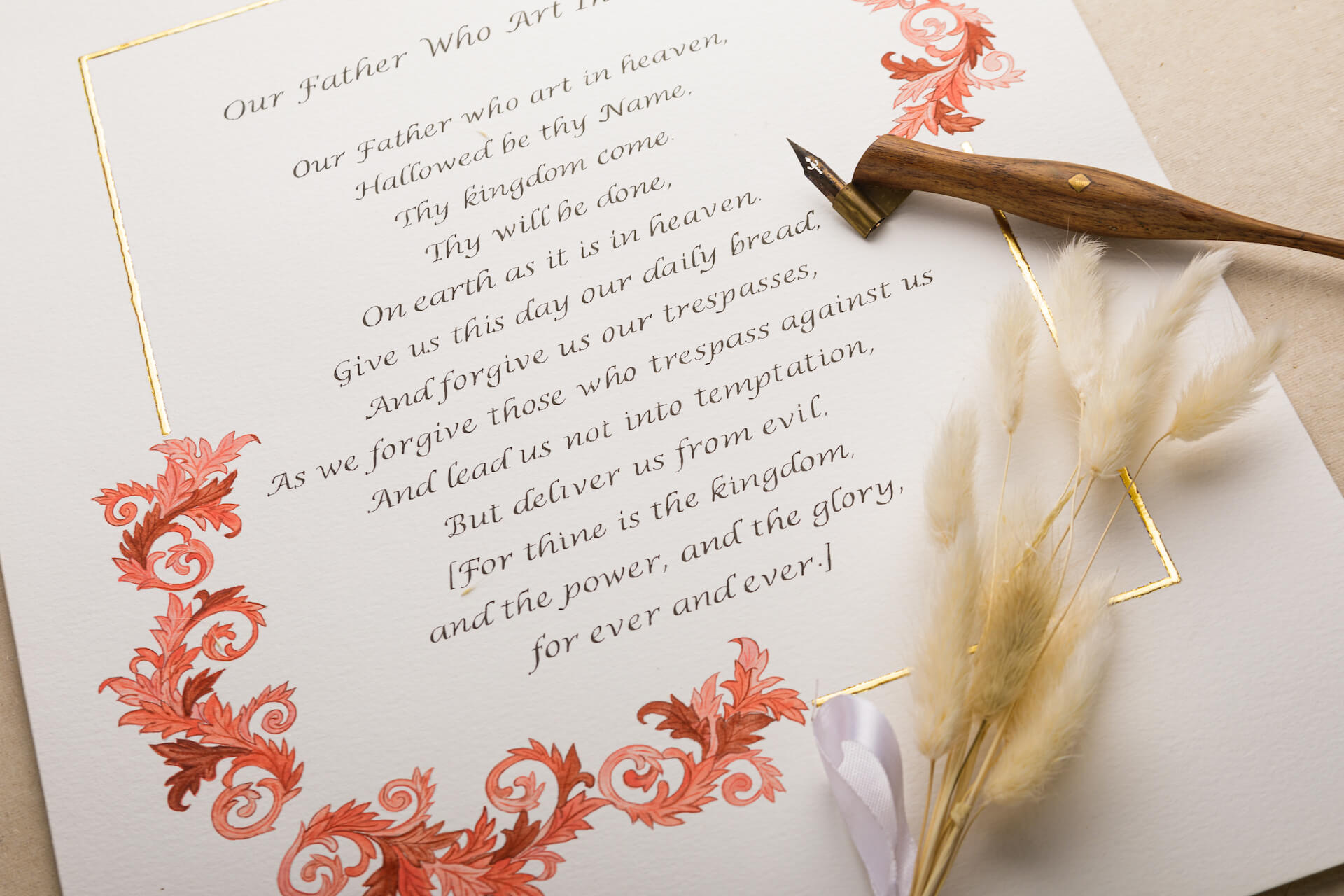
The Story of Letters: A Journey through the Sands of Time


Imagine not being able to communicate your thoughts and express ideas clearly. Writing is one such form that has helped human civilization preserve history and express itself clearly since time immemorial. From ancient civilizations to the digital age today, the story of writing is a fascinating journey.
The earliest forms of writing date back to around 3,000 BC in ancient civilizations of Sumer and Egypt. The Sumerians developed a system of writing known as Cuneiform, made up of wedge-shaped marks made on clay tablets. The ancient Egyptians, meanwhile, developed Hieroglyphics, a system made up of pictures and symbols.

The Rise of Alphabets
Around 1,500 BC, the Phoenicians developed a new form of writing known as the alphabet. Unlike earlier writing systems, the alphabet was made up of individual letters that were combined to form words. This made it much easier to learn and use than their predecessors, and it quickly spread across the Mediterranean. The Greeks adapted the Phoenician alphabet, adding vowels and modifying some letters, to create their own system.
The Spread of Writing in the Western World
In the centuries that followed, writing continued to spread across the Western world, with the Romans adopting the Greek alphabet to create the Latin script. Latin became the dominant language of the West and was used to write everything from religious texts to scientific works.
But in the search of functionality, a rising need for aestheticism, artistic expression, and emphasis was felt across all cultures and ages, which gave rise not just to new words but mediums of preservation of the written word through calligraphy. With origins dating back to ancient China, calligraphy art has been used to transcribe holy texts, decorate manuscripts, and create beautiful works of art.

In fact, Johannes Gutenberg’s development of the printing press during the Middle Ages, specifically in the 15th century, marked a new era for hand lettering. It revolutionized the way books were produced, making it easier and faster to spread knowledge and ideas. Calligraphers adapted to the new medium by creating typefaces or calligraphy fonts that mimicked the look of handwritten scripts.
The Digital Age of Writing
Modern technology has had a profound impact on the world of writing. Today, people can write, edit, and publish their work from anywhere in the world in a wealth of writing forms, from emails, blogs, and social media posts to digital books. While some may argue that technology has made writing less personal and meaningful, the beautiful art of calligraphy still remains and shines through in the 20th century. Many dedicated artists still practice it not only in the traditional way but also by blending it with modernization to reclaim and revive the simplistic beauty of words. It has found its admirers both of its aesthetic beauty and practical applications both personally and professionally.
Calligraphy may have inspired and captivated many across space and time with its grace and elegance. Be it a writer or a designer or simply someone who appreciates the power and beauty of words. The story of writing is a journey well worth exploring.
What are you waiting for? Is there anything that you wish to know about this beautiful artform? Come explore the world of writing and Calligraphy with us.
For interesting updates, stay tuned and follow the gilded story.




